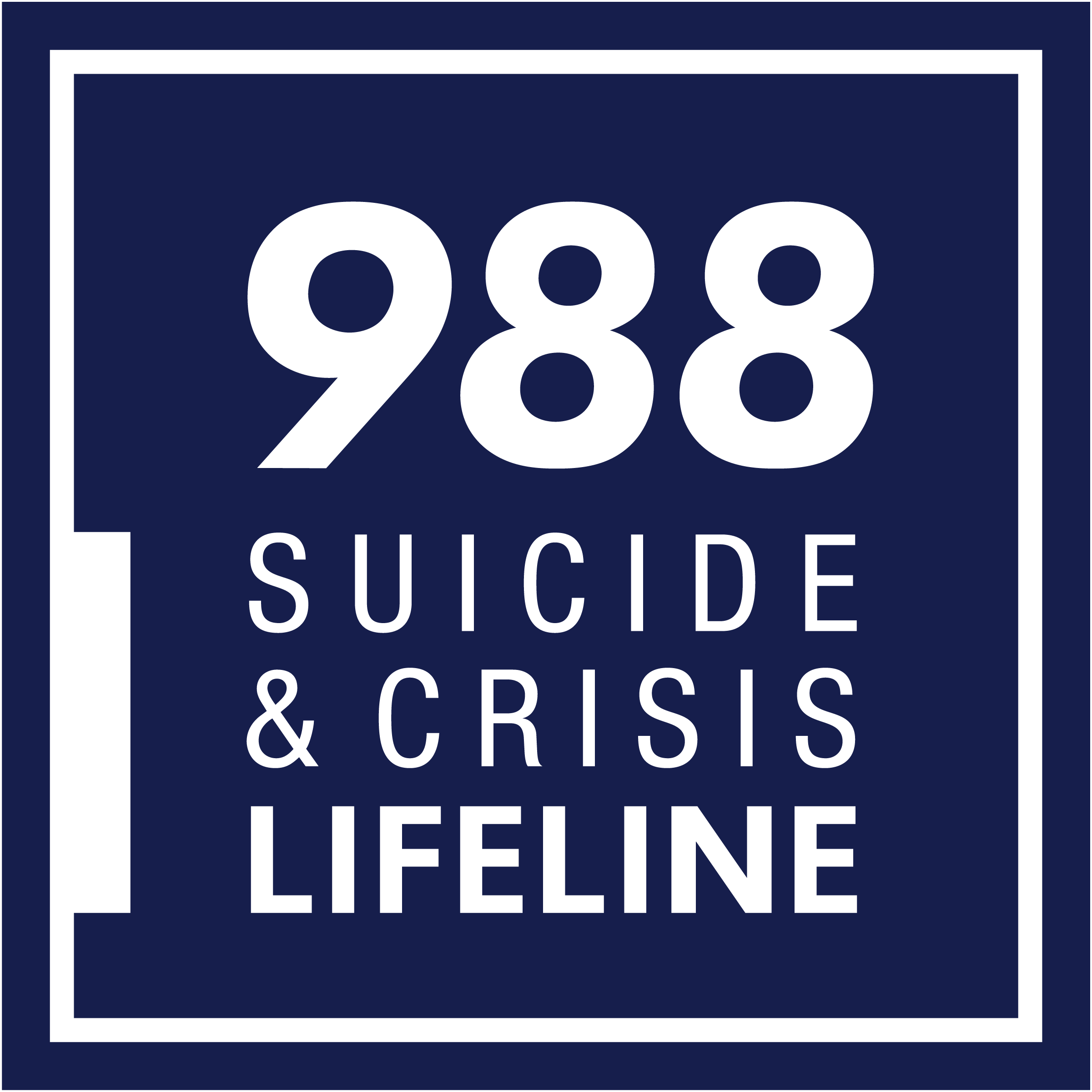
About Bipolar Disorder or Manic Depression
Affective disorders include both depression and manic depression. Manic depression is often characterized by cycles of manic and depressive behavior.
Common symptoms of the manic phase of bipolar disorder or manic depression include:
Heightened mood, exaggerated optimism and self-confidence
Grandiose ideas and delusions, inflated sense of self-importance
Decreased need for sleep without experiencing fatigue
Excessive irritability and/or aggressive behavior
Increased physical and mental activity
Racing speech, flight of ideas, impulsiveness
Poor judgment or reckless behavior such as spending sprees, rash business decisions, or sexual promiscuity.
Common symptoms of the depressive phase of bipolar disorder or manic depression include:
Prolonged feelings of sadness, anxiety, or hopelessness
Sense of impending doom or disaster
Reduced enjoyment and pleasure
Loss of energy and motivation
Low self-esteem, feelings of worthlessness or guilt
Indecisiveness, reduced concentration, slow thinking
Significant changes in appetite and/or sleep patterns
Social withdrawal
Recurrent thoughts of death or suicide
Key Facts About Bipolar Disorder
According to the National Depressive and Manic-Depressive Association, manic depression or bipolar disorder affects 2.5 million adult Americans sometime during their lifetime.
While people can be afflicted anytime during their lifetime, the typical age of onset for bipolar disorder is in the range of 18 to 22 years.
Bipolar disorder is one of the most treatable mental illnesses, with proven treatment strategies available for people afflicted with the illness. When properly treated, 90 percent of people with mood disorders can be helped.
Two out of three people with mood disorders do not get proper treatment because their symptoms are not recognized, blamed on personal weakness, or misdiagnosed.
On average, people with bipolar disorder see 3.3 doctors before receiving a correct diagnosis.
On average, it takes eight years to be correctly diagnosed for bipolar disorder.
Fifteen to twenty percent of people with untreated bipolar disorder commit suicide.
Treatment
Many members of DBSA-Boston who have bipolar disorder employ a mix of proper medication, good therapy, and peer support and education to manage their bipolar illness.
Medication regimes can vary widely, and many of our members take a combination of meds to treat their disorder.
Try the national DBSA site at DBSA Alliance
______________________________________________________
About Clinical Depression
Affective disorders include both depression and manic depression.
Common symptoms of clinical depression include:
Prolonged feelings of sadness, anxiety, or hopelessness
Sense of impending doom or disaster
Reduced enjoyment and pleasure
Loss of energy and motivation
Low self-esteem, feelings of worthlessness or guilt
Indecisiveness, reduced concentration, slow thinking
Significant changes in appetite and/or sleep patterns
Social withdrawal
Recurrent thoughts of death or suicide
Key Facts About Depression
In any given year depression affects up to 20 million Americans, or 10 percent of the adult population.
Women are twice as likely as men to experience major depression: One in four women, as opposed to one in eight men, is likely to experience a mood disorder in her lifetime.
Two out of three people with mood disorders do not get proper treatment because their symptoms are not recognized, blamed on personal weakness, or misdiagnosed.
When properly treated, 90 percent of people with mood disorders can be helped.
People with untreated severe depression have a suicide rate of about 15 percent.
Treatment
Many DBSA-Boston members employ a mix of proper medication, good therapy, and peer support and education to manage their depressive illness.
Medication regimes can vary widely, and many of our members take a combination of meds to treat their disorder.
Try the national DBSA site at DBSA Alliance
![]()




 Click image for directions
Click image for directions